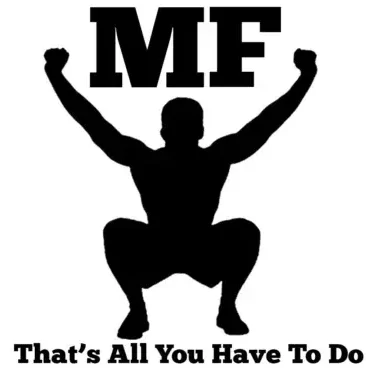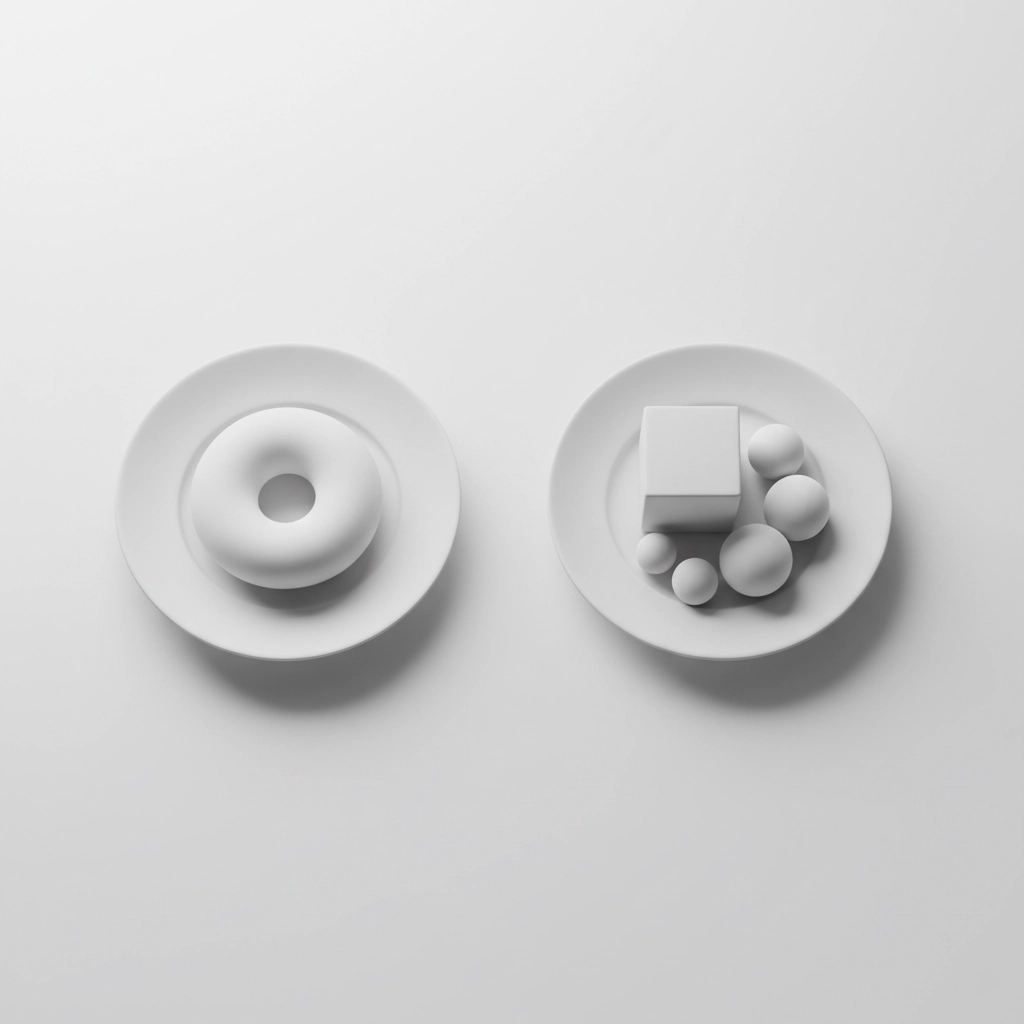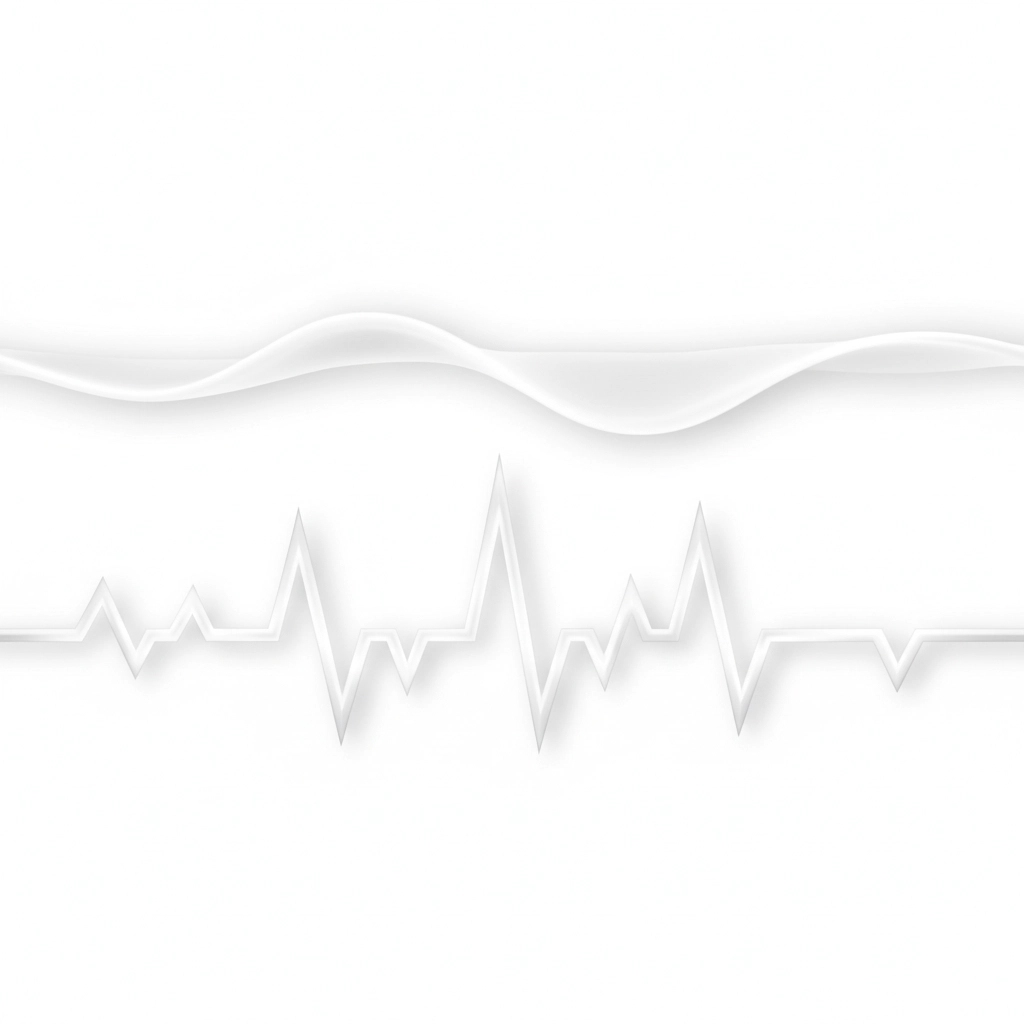The Calorie Counting Trap You Need to Escape
You've probably been told a thousand times that weight loss is simple: "Just eat less calories than you burn." While there's some truth to that, it's like saying you can build a house with just a hammer. Sure, you might get somewhere, but you're missing the tools that actually make the job work.
Here's the thing about calories: they don't tell the whole story. A 300-calorie donut affects your body completely differently than 300 calories of grilled chicken and vegetables. Your body doesn't just count calories: it responds to the types of nutrients you're feeding it.
That's where macros come in. Macronutrients are the three main building blocks of food: protein, carbohydrates, and fats. When you track macros instead of just calories, you're giving your body exactly what it needs to thrive, especially as you age.
Why Your Body Needs More Than Just "Less Calories"
Think of your body like a car. You wouldn't just put any liquid in your gas tank and expect it to run well, right? Your body works the same way. It needs the right fuel in the right amounts.
When you only count calories, you might end up eating too little protein and too many processed carbs. This leaves you feeling tired, hungry, and frustrated when the scale doesn't move. Worse yet, you might be losing muscle instead of fat: something that becomes especially important after age 50.
Your metabolism isn't just about burning calories. It's about having enough protein to maintain muscle, enough carbs to fuel your brain and workouts, and enough healthy fats to keep your hormones balanced. Miss any of these pieces, and your body starts working against you instead of with you.
The Game-Changing Benefits of Macro Tracking for Older Adults
You Keep Your Hard-Earned Muscle
After 50, you naturally lose about 1-2% of your muscle mass each year. This isn't just about looking good: muscle is what keeps you strong, independent, and metabolically healthy. When you track protein specifically, you ensure you're getting enough to maintain and even build muscle.
Most older adults need about 1.2-1.6 grams of protein per kilogram of body weight daily. That might sound like a lot, but when you spread it across three meals, it becomes totally doable. A palm-sized portion of protein at each meal usually gets you there.
Your Energy Stays Steady All Day
Remember when you used to crash after lunch? That's usually because your blood sugar spiked and then plummeted. When you balance your macros properly, your energy stays more consistent throughout the day.
The magic happens when you pair protein with carbs and include some healthy fats. This combination slows down digestion, preventing those energy roller coasters that leave you reaching for coffee or candy at 3 PM.
Fat Loss Actually Sticks
Here's something most people don't realize: when you just cut calories without paying attention to macros, up to 25% of your weight loss can come from muscle. That's terrible for your metabolism and your long-term health.
But when you track macros and keep protein high, nearly all your weight loss comes from fat. You end up with a leaner, stronger body that burns more calories even at rest. Plus, you're more likely to keep the weight off because you haven't damaged your metabolism.
The Real-World Difference: Sarah's Story
Sarah, 58, spent two years counting calories and exercising regularly. She lost some weight but felt weak and constantly hungry. Her energy crashed every afternoon, and she was losing strength in her daily activities.
When Sarah switched to tracking macros, everything changed. She ate the same number of calories but focused on getting enough protein, moderate carbs, and healthy fats. Within three months, she had more energy than she'd felt in years, her clothes fit better, and she was lifting heavier weights at the gym.
The difference? She was feeding her body what it actually needed instead of just eating less of whatever.
How Macros Beat Calories: The Science Made Simple
Your body uses each macro differently:
Protein builds and repairs muscle, keeps you full, and actually burns calories during digestion. It's like hiring a construction crew that works 24/7 to keep your body strong.
Carbohydrates fuel your brain and muscles. Choose the right ones (like sweet potatoes and oats), and they provide steady energy. Choose poorly (like candy and white bread), and you get energy crashes.
Fats support hormone production, help you absorb vitamins, and keep you satisfied between meals. Your brain is about 60% fat, so skipping healthy fats is like trying to run your car without oil.
When you balance all three, your body works like a well-oiled machine. When you just cut calories randomly, you're like someone trying to fix a car by just removing random parts.
Getting Started: Your Simple Macro Tracking Action Plan
Don't worry: you don't need to become a nutrition scientist overnight. Start with these simple steps:
Week 1: Just track your protein. Aim for about 25-30 grams at each meal. This could be a palm-sized piece of chicken, a cup of Greek yogurt, or a protein smoothie.
Week 2: Add in tracking your carbs. Focus on getting most of them from whole foods like fruits, vegetables, and whole grains.
Week 3: Start paying attention to your fats. Include things like avocado, nuts, olive oil, and fatty fish.
Week 4: Put it all together and fine-tune based on how you feel and what results you're seeing.
Why Most People Give Up (And How to Avoid It)
The biggest mistake people make is trying to be perfect from day one. They download an app, try to hit exact macro numbers, and get overwhelmed when they can't figure out how many grams of protein are in their homemade soup.
Start simple. Use your hand as a measuring tool: a palm of protein, a fist of vegetables, a cupped handful of carbs, and a thumb of fats at each meal. This gets you about 80% of the way there without any fancy scales or complicated calculations.
The Tool That Makes It All Easy
Here's the truth: macro tracking used to be complicated and time-consuming. But technology has made it incredibly simple, especially with the right tools.
That's why we created the MacroSculpt Macro Calculator. It takes all the guesswork out of figuring out your personal macro needs. Just input your age, activity level, and goals, and it tells you exactly how many grams of protein, carbs, and fats you need each day.
No more wondering if you're eating enough protein or too many carbs. No more energy crashes or frustrating plateaus. Just a clear, simple plan that works with your lifestyle.
Your Next Step Toward Better Health
You have two choices: keep doing what you've always done and hope for different results, or try something that's actually designed to work with your body instead of against it.
Macro tracking isn't just another diet trend. It's a sustainable way to fuel your body properly so you can feel strong, energetic, and confident at any age. The best part? You don't have to give up foods you love or follow complicated rules.
Ready to see what proper nutrition can do for your energy, strength, and health?
Try the MacroSculpt Macro Calculator today and discover your personalized macro targets. In just a few minutes, you'll have a clear roadmap to better health that actually fits your life.
Your stronger, more energetic future starts with the right fuel. Let's make it happen together.




